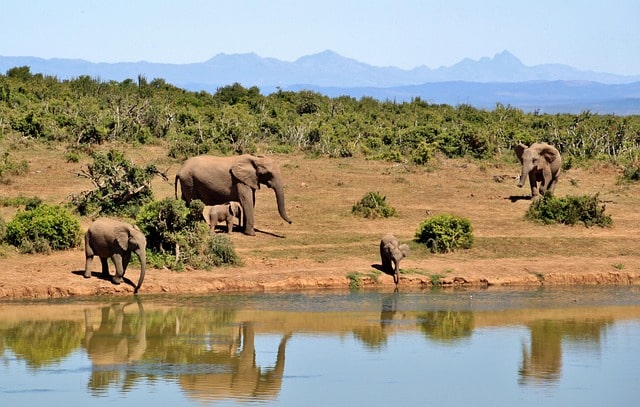




Two major animals- tigers and elephants are not currently extinct in Jharkhand, but their populations are critically low and face severe threats to their existence in Jharkhand.
The decline or disappearance of these major wild animals in the state forests is considered to be a result of habitat loss due to deforestation, mining, pollution, and increased human-wildlife conflict.
The ongoing rapid mining activities, road and railway track widening projects, along with various other infrastructural projects along tiger and elephant habitats in the state, coupled with the alleged lackadaisical attitude of the state government and the inability of the forest department to restore the habitats, have resulted in a sharp decline in the population of tigers and elephants in Jharkhand, said wildlife experts.


In India’s first nationwide DNA-based census report, released on Tuesday, Jharkhand’s wild elephant population has dropped by about 68% in eight years, underscoring the growing concern of rapid degradation and fragmentation of elephant habitats.
The report released by the Wildlife Institute of India (WII), ‘Status of Elephants in India: DNA-based Synchronous All-India Population Estimation of Elephants (SAIEE 2021-25)’, estimated 217 elephants in Jharkhand, compared to 679 recorded in 2017.
The recognized reasons for the declining number in Jharkhand to their migration to neighbouring states, in search of safe habitats and food. The tiger population in Jharkhand has been described as "disquieting" and "small".
The All India Tiger Estimation report from 2022 recorded only one tiger in the Palamau Tiger Reserve (PTR), where there were 10 in 2010 and three in 2014.
As recently as February 2025, officials in PTR noted a slight increase in sightings, confirming at least six tigers in the reserve. However, they noted that these are mostly males and may not stay permanently due to the lack of natural prey.
As far as elephants are concerned, they were found in Chhattisgarh, Odisha, Madhya Pradesh, and Maharashtra. Some forest experts say they are migrants from Jharkhand who have moved to these states due to increased disturbance in their habitats caused by mining, widening of railway lines, highway lanes, and increased train movements.”
The forest department has done nothing to save tigers and elephants in the state. Vast parts of these wild animals’ habitats are destroyed, leading to food scarcity for them, and worse, grasslands in the forest areas are occupied by cattle. The government has no restrictions on the grazing of these animals.
In effect, the sad reality is that while tigers and elephants may not be visible in the forest, they can be spotted in sanctuaries and zoos till they become extinct in Jharkhand.

